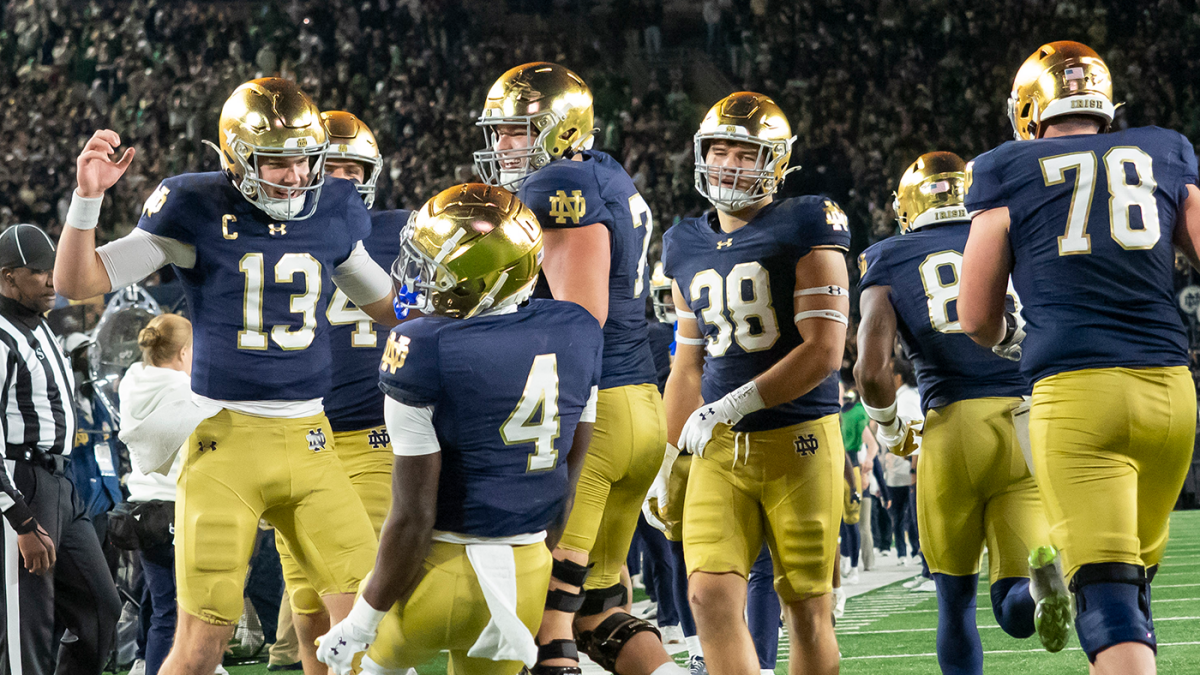World
After surpassing Microsoft, can chipmaker Nvidia remain world’s most valuable company?

This week, chipmaker Nvidia soared to a market capitalization of more than three trillion dollars, surpassing Microsoft as the most valuable company on the planet.
The historic run-up has drawn comparisons to the headier days of the dot-com era nearly three decades ago. Are they correct?
When it comes to Nvidia, we’re probably not in a bubble — at least not yet. Indeed, investors have good reason to remain optimistic about the chip-maker’s prospects.
Artificial Intelligence (AI) holds the potential to unleash new capabilities in people, companies and the economy.
With AI, computers become thinking machines that can plan, reason and understand rather than just retrieve and process data.
Driving this new age of computing is the ultra-fast graphic processor unit or GPU, invented by Nvidia in 1999.
Designed initially for gaming, GPUs break down AI tasks into smaller chunks and run them concurrently making them ideal for the intensive computation needed to train AI models.
Nvidia’s GPUs dominate the market.
Nvidia’s stock performance reflects the company’s core business fundamentals.
Which is why in the current AI gold rush, Nvidia has by far the best “picks and shovels” for uncovering value.
But does Nvidia represent some new technology paradigm?
As the saying goes, history doesn’t repeat but it often rhymes. In the 1990s, Cisco Systems was a poster child for the new Internet age.
The company’s stock surged more than 1,000 times between its 1990 IPO and its 2000 peak of $80 a share, translating into a market cap of $555 billion, making it briefly the largest company in the world.
Even as the dot-com bubble showed signs of bursting, analysts were touting Cisco’s stock and leadership.
A May 2000 Fortune cover asked, “Is John Chambers the Best CEO on Earth?” and concluded, “No matter how you cut it, you’ve got to own Cisco.” Its stock price eventually dropped to $8.60.
Canada’s Nortel Networks offers another even more cautionary tale.
At one point, Nortel had a market value of $398 billion, representing one third of the value of all Canada’s public markets. It hit its zenith in 2000 but ultimately declared bankruptcy in 2009.
Nvidia rise has drawn comparisons to these dotcom darlings in The Wall Street Journal and Morningstar, a financial research company, the latter noting the sharp rise in share prices and lofty expectations echoing the dot-com fervor.
To say that Nvidia will follow Cisco’s or Nortel’s trajectory would be an oversimplification.
For one, Nvidia is immensely profitable and has yet to hit the sky-high valuations of the dot-com era typified by Nortel and Cisco.
The company is on track to double revenue and nearly quadruple earnings in 2024, and it trades at less than half the value on a price-to-earnings ratio than Cisco did at its peak.
Nvidiaalso sells its GPUs to some of the biggest, most profitable companies, so-called “hyperscalers” like Microsoft and Amazon, which are unlikely to stop ordering any time soon.
But Nvidia and Cisco are similar in one key area: both provide the infrastructure for a new era of computing.
Cisco’s networking hardware and telecommunications equipment knitted together the world’s computers during the first era of the Internet.
Owning Cisco was like “owning a piece of the Internet.”
Today, Nvidia’s superchips are training the large language models that will transform the computer’s role in the next era.
Both eras have something else in common: the unknown.
Like the Internet of the 1990s, the AI age of the 2020s is very new, and its use cases are not well developed or well understood.
Lacking options to invest in Internet products or services, Cisco was the play.
Today, the same is true of Nvidia.
However, the winners of the Internet era were not infrastructure firms like Cisco, but companies that used the web to upend legacy industries as Amazon did with retail, or to create new markets, like Facebook with social networking or Google with online search.
Nvidia may grow into a bigger behemoth than it is today.
But the next wave of growth in AI will likely come from the application layer, like software for fully autonomous cars or humanoid robot companions.
The good news for AI bulls is, we are probably in 1997, not 2000 — meaning the peak may still be well into the future.
But, since history doesn’t repeat itself, we should be listening for the rhyme.
Alex Tapscott, CFA is author of Web3: Charting the Internet’s Next Economic and Cultural Frontier, Managing Director of the Digital Asset Group, a division of Ninepoint Partners and a Portfolio Manager at Ninepoint Partners.










